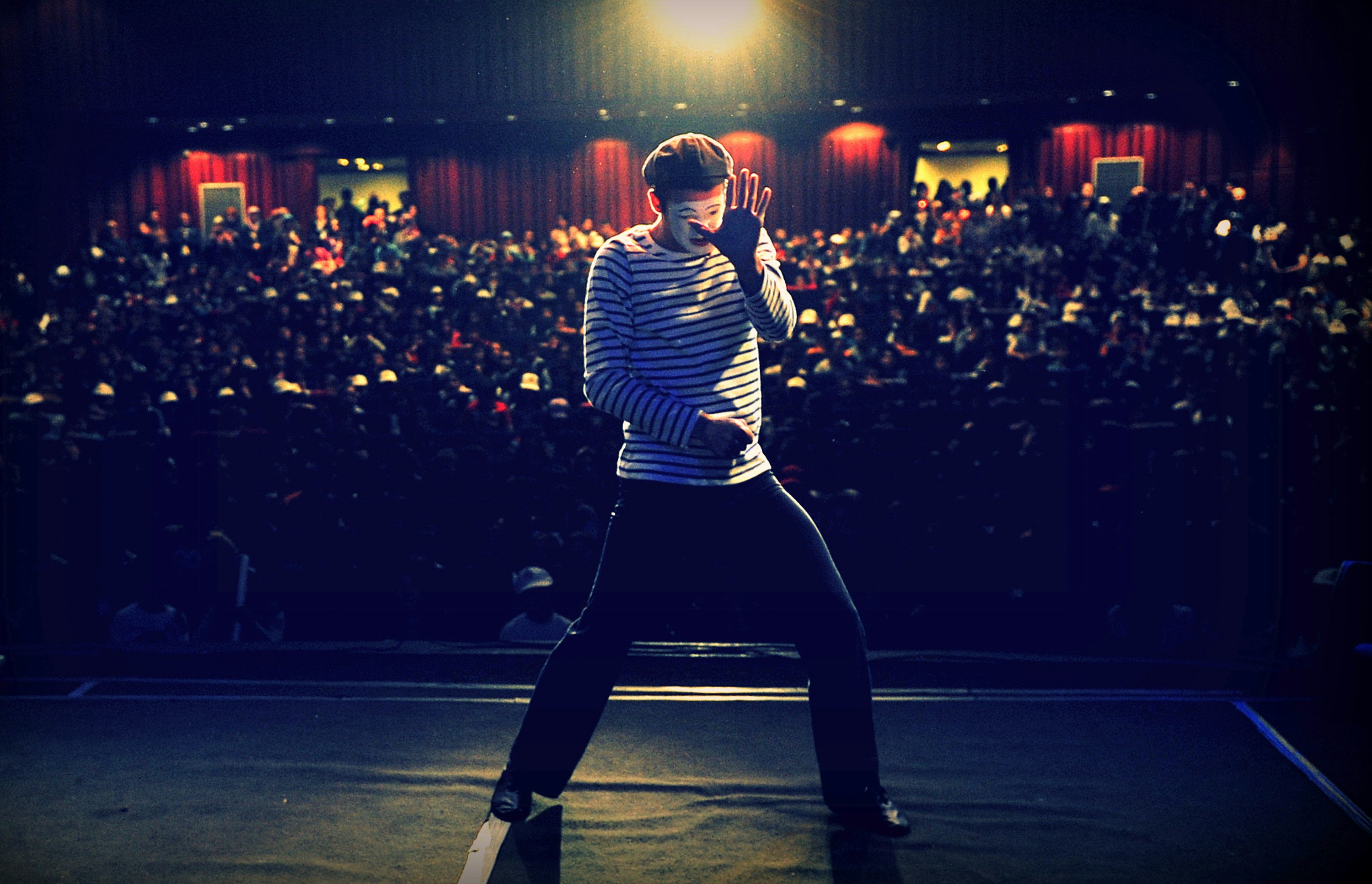Holographic Concerts: Reimagining Live Music
In the ever-evolving landscape of music and technology, a groundbreaking phenomenon is reshaping the live entertainment experience. Holographic concerts, once confined to the realm of science fiction, have emerged as a revolutionary force in the music industry. This cutting-edge fusion of artistry and innovation is redefining the boundaries of performance, allowing audiences to witness lifelike projections of artists—both living and deceased—on stage. As this technology continues to advance, it raises intriguing questions about the future of live music, the preservation of musical legacies, and the very nature of artistic presence.

Technological Marvels Behind the Illusion
At the heart of holographic concerts lies a complex interplay of cutting-edge technologies. Advanced projection systems, motion capture technology, and high-resolution imaging work in tandem to create the illusion of a three-dimensional performer on stage. The process involves meticulously mapping the movements and mannerisms of the artist, either through historical footage or live motion capture sessions. This data is then transformed into a lifelike digital avatar, which is projected onto a transparent screen using specialized equipment. The result is a startlingly realistic representation that can interact with live performers and respond to audience reactions in real-time.
Resurrecting Legends and Extending Careers
One of the most compelling aspects of holographic concerts is their ability to bring beloved artists back to the stage long after their passing. From Elvis Presley to Whitney Houston, holographic technology has allowed fans to experience the magic of legendary performers in a new and immersive way. These posthumous performances not only celebrate the artists’ legacies but also introduce their music to new generations of fans. For living artists, holographic technology offers the potential to extend their careers and reach audiences in multiple locations simultaneously. This has opened up new possibilities for touring and live performances, particularly in the wake of global events that have limited traditional concert experiences.
The Ethical Dilemmas and Artistic Implications
As holographic concerts gain popularity, they also raise a host of ethical and artistic questions. Critics argue that posthumous performances may exploit the legacies of deceased artists, potentially misrepresenting their artistic intentions. There are concerns about consent and the appropriate use of an artist’s likeness, particularly when the performer is no longer alive to approve or guide the presentation of their work. Additionally, some music purists contend that holographic concerts lack the spontaneity and emotional connection of traditional live performances, potentially diminishing the authenticity of the concert experience.
The Future of Live Entertainment
Despite the controversies, the trajectory of holographic concerts points towards a future where technology and live performance are increasingly intertwined. As the technology continues to improve, we can expect to see more sophisticated and interactive holographic experiences. The potential applications extend beyond music to other forms of live entertainment, including theater, dance, and even public speaking events. Some envision a future where holographic technology could enable personalized concerts in living rooms or allow fans to interact with virtual versions of their favorite artists in immersive digital environments.
Impact on the Music Industry and Fan Experience
The rise of holographic concerts is reshaping the economics of the music industry. These technologically advanced shows require significant investment but offer the potential for unprecedented reach and revenue streams. For promoters and venue owners, holographic concerts present new opportunities to host high-profile events without the logistical challenges of traditional live performances. Fans, in turn, gain access to once-in-a-lifetime experiences and the chance to see performances that would otherwise be impossible. This shift is prompting a reevaluation of what constitutes a live music experience and how value is created in the entertainment industry.
Challenges and Limitations
While the potential of holographic concerts is vast, the technology still faces several challenges. The cost of producing high-quality holographic shows remains prohibitively expensive for many artists and venues. There are also technical limitations, such as the need for specialized projection equipment and carefully controlled lighting conditions. Furthermore, the technology must continue to evolve to create more convincing and emotionally resonant performances that can truly rival the energy of a live artist on stage. Overcoming these hurdles will be crucial for the widespread adoption and success of holographic concerts in the coming years.





